Review: HTC U Ultra
Mar 10, 2017, 12:00 PM by Eric M. Zeman
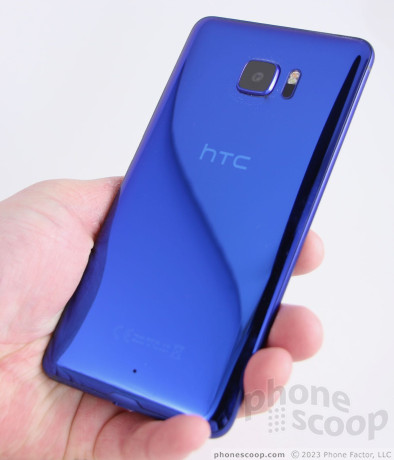
HTC's flagship handset for the year is the U Ultra, a stunning slab of metal and glass. This powerful Android smartphone combines an attractive design with a solid spec sheet. The result is a highly capable handset that is among HTC's finest. Whether or not this pricey unlocked phone makes sense for U.S. buyers is another story. Here is Phone Scoop's in-depth review of the HTC U Ultra.
Is It Your Type?
The U Ultra is HTC's flagship smartphone for 2017. It's a massive slab of metal and glass that offers a premium experience at a premium price. If you're looking for an unlocked alternative to the Android offerings from LG and Samsung, the U Ultra has plenty of appeal.
Body
HTC hasn't gone big for a while now. The last over-sized handset from the company was the 2013-era One max. HTC has spent the last few years keeping its flagship handsets at reasonable sizes so they appeal to wider audiences. Given the popularity of big-screened smartphones, however, HTC has decided to address that market trend with U Ultra.
The phone is absolutely gorgeous.
HTC has long favored aluminum chassis for its flagship devices. This time around, the company selected a thin aluminum frame that's sandwiched by a large display on the front and a curved glass panel on the rear. It's pretty beyond words. The glass is simply luscious in every respect, particularly the blue color. The front features 2.5D curved-edge glass that fits into the metal frame with a razor-thin plastic strip in-between. The frame is nicely rounded and joins the rear glass panel seamlessly.
HTC used a new technique to actually curve all four edges of the rear panel and the results are to die for. They call it “Liquid Surface”, and it lives up to the name. I've long appreciated HTC's high-end designs, but the U Ultra goes a step further than the company's previous efforts. I doubt we'll see a more attractive phone hit the market this year.
The materials and build quality are top notch. HTC selected high-grade glass and polished it to perfection. The parts are assembled flawlessly. All the seams are tight; everything about this phone's fit and finish impress.
It may be too big.
The U Ultra is significantly bigger than the iPhone 7 Plus, LG G6, and Pixel XL, though all these phones have similar screen sizes. The U Ultra is one of the biggest phones I've tested in the last six months and that may be off-putting to some. There are several reasons why it is so big. First, the main display measures 5.7 inches across the diagonal. That sets some minimum dimensions. HTC decided to add an extra 2-inch display above the main screen for notifications, shortcuts, and other actions items. The effect is a huge top bezel. Moreover, the hardware buttons below the screen mean the lower bezel is also rather thick.

The U Ultra is tall and wide, making it hard to use one-handed. My thumb barely reaches across the lower half of the screen when held normally. I found myself adjusting my grip constantly to reach the upper portions of the screen, or simply using my other hand. The U Ultra is often a two-handed handset. It fits in pockets, but just barely. Thank goodness the phone has rounded edges and corners, which help it slip in.
No matter which of the three colors you select, the front surface is all black. The one thing that stands out the most is the user-facing camera, which is perched in the upper-left corner. It's nearly always visible. The secondary screen lights up every so often with notifications. The rest of the face is pure, inky darkness. The speaker is practically invisible. The oval fingerprint sensor below the display — which doubles as a home screen button — is also pretty hard to spot. Thankfully it is easy to find by feel. It's flanked by two capacitive touch controls for the back and app-switcher functions.
You'll find two buttons on the right edge of the phone. The screen lock button is positioned about in the middle of the frame. It has a ribbed texture and an excellent profile that makes it a cinch to find and use. Travel and feedback is quite good. The volume toggle is a single, thin strip that also has a good profile and feedback. I like these buttons. There's no dedicated camera button, but a quick double press of the lock button launches the camera. The left edge is sleek and uninterrupted.
The only functional element packed into the top edge is the tray for SIM and memory cards. It pops out easily enough with a tool or paper clip. If you look closely, you'll see a small microphone hole on top, too.
HTC is treading in the shaky path forged by Apple and Motorola in that the U Ultra doesn't include a 3.5mm headphone jack. The only port on the bottom of the phone is USB-C. This is a bummer. HTC does ship the phone with a pair of USB-C headphones, but no adapter for using with your own headphones. Moreover, I found the U Ultra was incompatible with several different USB-C-to-3.5mm dongles I have. That's doubly a bummer. I cannot use the U Ultra in my car to listen to music at all. C'mon, HTC!
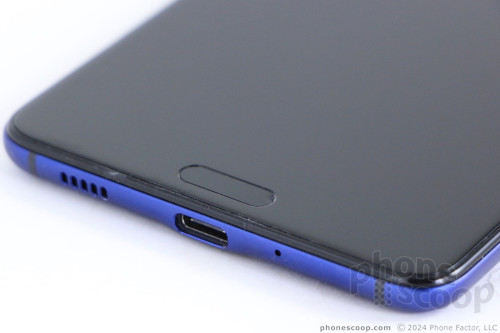
The U Ultra's rear surface is a huge piece of glass. It's unremovable, but stunning nonetheless. It's entirely smooth save for the camera array positioned near the top. The squircle-shaped module sticks out a bit from the back panel. The two-tone LED flash and auto-focus mechanism are just off to the right. I really dig the curves and the way the glass wraps around to meet the metal frame. It's quite something.
Aside from its sheer size, the U Ultra has one major, major failing when compared to its direct competitors: the U Ultra is not waterproof. Seriously, the iPhone 7, LG G6, and Galaxy S7 (and probably S8) are all able to take a 30-minute bath without worry. Not so the U Ultra, which is only protected from light rain. This feels like a major mistake on HTC's part. And then there's the all-glass design. This thing feels like a delicate flower, not a rugged brute. I would slap the included plastic half-shell on the rear as soon as you open the box.

Screen
The U Ultra's main display measures 5.7 inches across the diagonal and proffers quad HD resolution. The size and resolution work well together. You can't ask for much better pixel density on a modern smartphone and the U Ultra's display is excellent. It's an LCD panel, per the norm for HTC. Colors are accurate and viewing angles are pretty good. I have no complaints about the screen whatsoever.
The secondary display measures 2 inches across the diagonal and has 1,040 by 160 resolution. It's meant chiefly to show incoming notifications and alerts without using the battery-draining main display. It's a full-color screen and it accomplishes its mission without fail.
Both displays are easily visible under direct sunlight as long as the brightness level is cranked up.
Signal
HTC is selling the U Ultra unlocked directly to consumers. It supports the LTE networks of AT&T and T-Mobile. I tested it on AT&T's network around the New York City area and came away impressed with its performance.
I found the phone connected to AT&T's LTE network with no trouble at all. In areas with strong signal, the phone maintained a solid connection, unwavering in its ability to make calls, send messages, and download 100MB apps. Data speeds were very good, but not quite the fastest I've seen. Peak downloads reached 38Mbps, which is well short of the top I've seen on AT&T, and yet more than adequate for general use. You won't have any trouble with Instagram, Facebook, Twitter, Spotify, YouTube, or any other popular app.
The U Ultra connects voice calls on the first dial most of the time. In my signal tests, the phone did a fine job keeping a call connected across 10 miles of highway and it never once dropped or missed a call.
Sound
As a voice phone, the U Ultra does very well. HTC has always focused on making handsets that sound good and the U Ultra is no exception. Normal phone calls punch through the air with a clear and pleasing tone. Volume via the earpiece is excellent; you'll have no trouble hearing calls at home, in the office, or when out and about. The speakerphone is very nice. I like that the speaker is on the bottom edge of the phone, which means it doesn't have to sit on a table to get the best effect. Like the earpiece, it delivers high-quality calls that are easy to hear in noisy spaces, such as a moving car. Clarity is excellent. People I spoke to through the U Ultra said I sounded loud and clear. The U Ultra is a fine device to make calls with.
HTC has moved away from the BoomSound of old for a newer style of speaker arrangement that I don't care for as much. HTC used to stick killer stereo speakers on the front of its smartphones. Starting with last year's HTC 10 and now with the U Ultra, the phone has a high-frequency speaker in the earpiece and a low-frequency speaker in the speakerphone. Together, the two push out clean, powerful sound — but it's not stereo. The sound is great when you hold the phone normally. If you decide to turn the phone sideways to watch some video, it's pretty obvious (to me, anyway) that the highs are coming from one side and the lows are coming from the other. Apple's iPhone does something similar. I prefer true, balanced stereo sound.
HTC has some tricks in its hat with the in-box headphones to improve music playback. The headphones use what HTC calls USonic to measure and map your inner ear. It then uses phone-based software to analyze and adjust the sound profile specifically for the shape of your ear canal. The tool shows you some EQ curves so you can compare the original curve to the personalized one and you can toggle it on and off to compare. There's no doubt in my mind that the included headphones sound better after applying the USonic tool. The included headphones sound surprisingly good, though I really dislike that I can't use own wired buds with the U Ultra.
Battery
Another quixotic decision by HTC? Selecting a 3,000 mAh battery for the huge-screen, high-powered U Ultra, when smaller phones are packing 3,300-3,500 mAh batteries. Seriously, it's not like there isn't room for a larger power cell in a phone this size.
After several days of testing I found the phone makes it through a full day with just a little bit of power to spare come bedtime. I used the automatic screen brightness tool and kept all of the radios (Bluetooth, Wi-Fi, etc.) on. I used the phone for messaging, social networking, emailing, streaming music and video, and so on. It seems to deliver a whole day, but it may not perform so well after a year or two, and some competing phones will get you through lunch the next day.
The phone includes HTC's Power Saver mode, which can be set to come on when the battery reaches a predefined level. Power Saver conserves CPU cycles, limits location services, reduces screen brightness, and turns off vibration. When I turned Power Saver on, the available battery life typically improved by at least a few hours.
The Ultra Power Saver mode is more dramatic; it basically turns the U Ultra into a glorified feature phone, which means the phone, messaging, and email apps run, but nothing else. This can add up to a day of life to a nearly depleted battery.
The U Ultra cannot charge wirelessly. However, the Snapdragon 821 processor supports Quick Charge 3.0. HTC was kind enough to stick a QC3 charger in the box with the phone.
Bluetooth, GPS, NFC, WiFi
I didn't run into any trouble with the U Ultra's secondary radios, which all performed admirably. The Bluetooth radio worked really well. I was able to pair with headsets and speakers, as well as my PC and car. Calls pushed through my car's hands-free system sounded very good, as did calls via mono Bluetooth headsets. Music sounded excellent when streamed to my favorite pair of headphones.
The U Ultra's GPS radio was quick and accurate. The phone typically located me in a few seconds and accuracy was as good as about 20 feet. I was able to use the phone as a navigation tool with no worries, as the GPS kept me on track and Google Maps ran swiftly.
NFC was handy for pairing with some of the Bluetooth accessories and it also supports Android Pay.
The WiFi radio was impressively quick.
Comments
Review
I guess I just wanted to properly thank you. Your hard work really is appreciated.


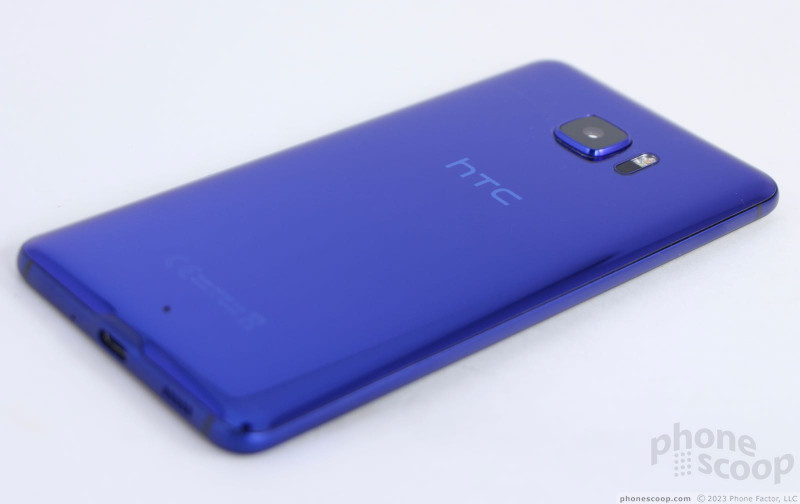




















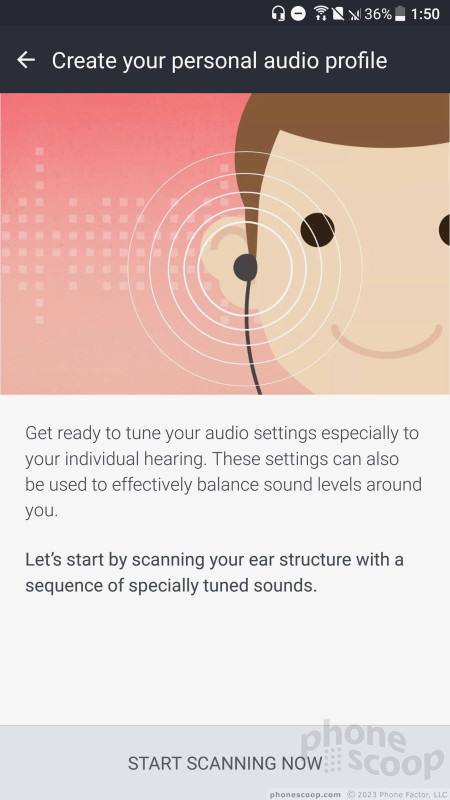




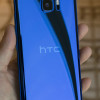 Hands On with the HTC U Ultra and U Play
Hands On with the HTC U Ultra and U Play
 HTC Cuts Price of U Ultra to $599
HTC Cuts Price of U Ultra to $599
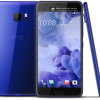 HTC U Ultra to Ship March 10
HTC U Ultra to Ship March 10
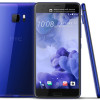 HTC to Drop Entry-Level Phones, Focus On Profits
HTC to Drop Entry-Level Phones, Focus On Profits
 HTC U Ultra Is New, Glass-Backed Flagship Phone
HTC U Ultra Is New, Glass-Backed Flagship Phone
 HTC U Ultra
HTC U Ultra



